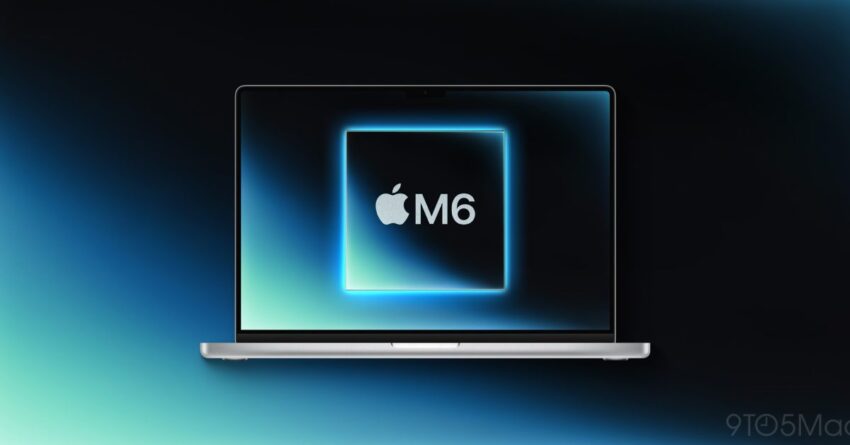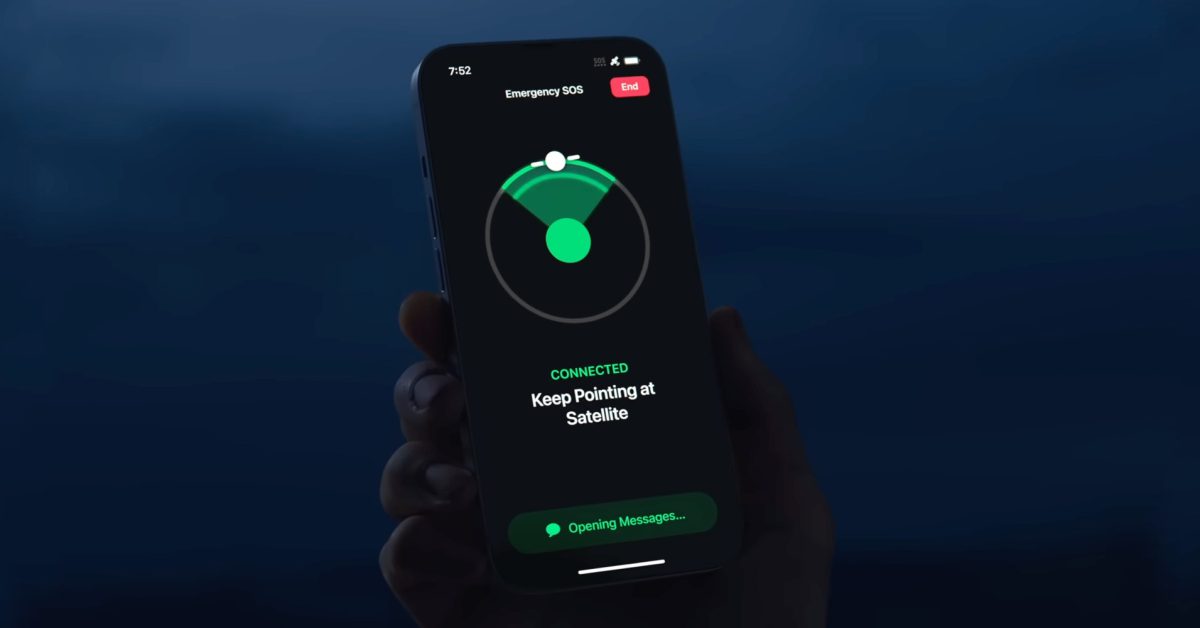
report oled macbook pro redesign may be A recent report indicates that the upcoming redesign of the MacBook Pro may be limited to the M6 Pro and M6 Max models, with a launch window projected between late 2026 and early 2027.
report oled macbook pro redesign may be
Overview of the Upcoming Redesign
Mark Gurman, a well-known technology journalist at Bloomberg, shared insights in his latest Power On newsletter regarding Apple’s plans for the MacBook Pro. The redesign is anticipated to feature OLED displays, a significant upgrade from the current Liquid Retina XDR technology. This shift to OLED is expected to enhance color accuracy, contrast ratios, and overall display quality, aligning with industry trends where OLED technology is becoming the standard for premium laptops.
Timeline for Release
According to Gurman, Apple is aiming for a launch window between late 2026 and early 2027. This timeline suggests that Apple is taking a deliberate approach to the redesign, possibly to ensure that the new models meet the high expectations set by previous iterations. The company has a history of releasing updated MacBook Pro models every few years, and this redesign appears to be a strategic move to maintain its competitive edge in the laptop market.
Technical Specifications and Features
The anticipated OLED displays are not the only feature that may set the new MacBook Pro models apart. The M6 Pro and M6 Max chips are expected to deliver enhanced performance, particularly for professionals who rely on high computational power for tasks such as video editing, software development, and graphic design. These chips are likely to build on the capabilities of their predecessors, the M2 series, which already provided substantial improvements in processing speed and energy efficiency.
Potential Benefits of OLED Technology
Switching to OLED technology could offer several advantages:
- Improved Color Accuracy: OLED displays are known for their ability to produce vibrant colors and deeper blacks, which can significantly enhance the visual experience for users.
- Better Energy Efficiency: OLED screens consume less power when displaying darker images, potentially extending battery life for users who work on their devices for extended periods.
- Thinner and Lighter Design: OLED panels can be made thinner than traditional LCDs, allowing for a sleeker design that aligns with Apple’s aesthetic goals.
Market Implications
The introduction of OLED displays in the MacBook Pro lineup could have significant implications for the market. As competitors like Dell and HP have already adopted OLED technology in their premium laptops, Apple’s move may be seen as a necessary step to stay relevant in a rapidly evolving landscape. The high-end laptop market is increasingly competitive, and consumers are becoming more discerning about display quality and overall performance.
Stakeholder Reactions
Reactions from industry stakeholders have been mixed. Some analysts view the potential redesign as a positive step that could attract new customers and retain existing ones. Others, however, express concerns about the pricing implications of introducing OLED technology, which could lead to higher retail prices for the new models. Apple has historically positioned its products at a premium price point, and the addition of advanced display technology may further elevate costs.
Consumer Expectations
As the launch date approaches, consumer expectations are likely to rise. Many users have been vocal about their desire for improved display technology in the MacBook Pro lineup. The current Liquid Retina XDR displays have received praise for their quality, but the transition to OLED could be a game-changer for users who prioritize visual fidelity in their work.
Feedback from Professionals
Professional users, such as graphic designers and video editors, are particularly keen on the potential benefits of OLED technology. These users often rely on precise color reproduction and high contrast ratios for their work, making the transition to OLED a compelling upgrade. Feedback from beta testers and early adopters will be critical in shaping the final product, as Apple seeks to address any concerns before the official launch.
Competitive Landscape
The competitive landscape for high-end laptops is becoming increasingly crowded. Companies like Microsoft, Dell, and Lenovo are continuously innovating and introducing new features to attract consumers. The introduction of OLED displays in the MacBook Pro could set a new benchmark for premium laptops, prompting competitors to respond with their own advancements.
Historical Context of MacBook Pro Redesigns
Historically, Apple has made significant changes to the MacBook Pro lineup every few years. The last major redesign occurred in 2021, when Apple introduced the M1 Pro and M1 Max chips, along with a new design that eliminated the controversial Touch Bar. This redesign was well-received and marked a return to form for Apple’s professional laptop line.
Future Developments
Looking ahead, the potential redesign of the MacBook Pro raises questions about future developments in Apple’s laptop lineup. Will the company continue to innovate with new technologies, or will it focus on refining existing features? The answer may depend on consumer feedback and market trends as the launch date approaches.
Anticipated Features Beyond Display Technology
While the OLED display is a focal point of the upcoming redesign, other features may also be on the horizon:
- Enhanced Connectivity: As the demand for faster data transfer increases, Apple may introduce new ports or improve existing ones to accommodate the latest standards.
- Improved Battery Life: With advancements in chip technology and display efficiency, users may see significant improvements in battery performance.
- AI and Machine Learning Capabilities: The integration of AI features could enhance user experience, particularly in applications like photo editing and video rendering.
Conclusion
The anticipated redesign of the MacBook Pro, particularly with the introduction of OLED displays and the M6 Pro and M6 Max chips, represents a significant step forward for Apple. As the company prepares for a launch between late 2026 and early 2027, consumer expectations and market dynamics will play a crucial role in shaping the success of these new models. Stakeholders, including professionals and everyday users, will be closely monitoring developments as Apple aims to solidify its position in the competitive high-end laptop market.
Source: Original report
Was this helpful?
Last Modified: November 10, 2025 at 9:39 am
1 views














